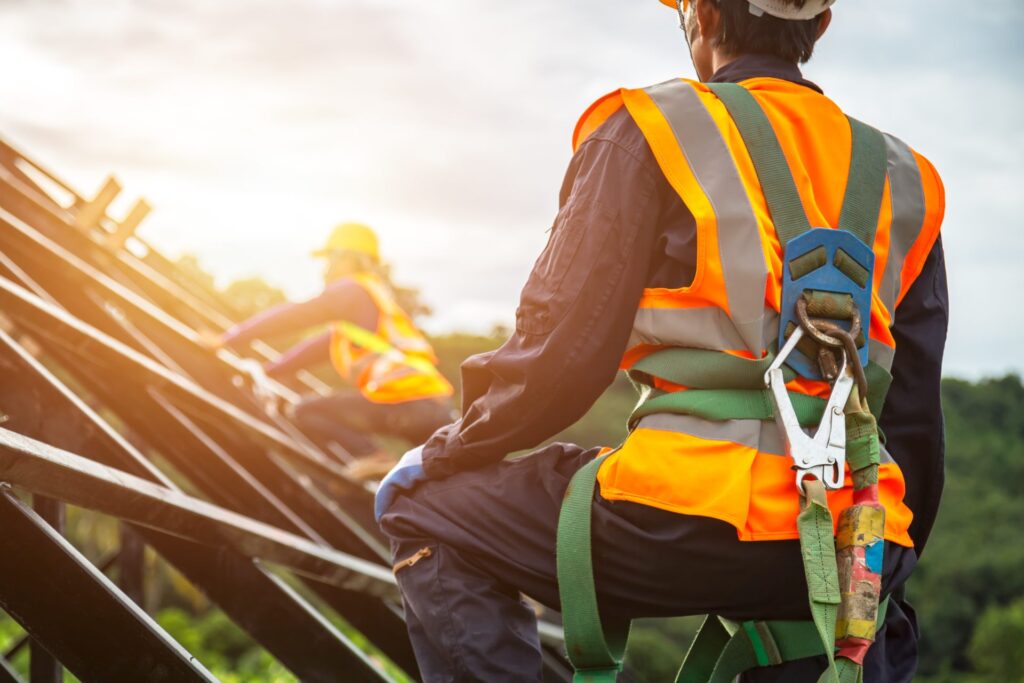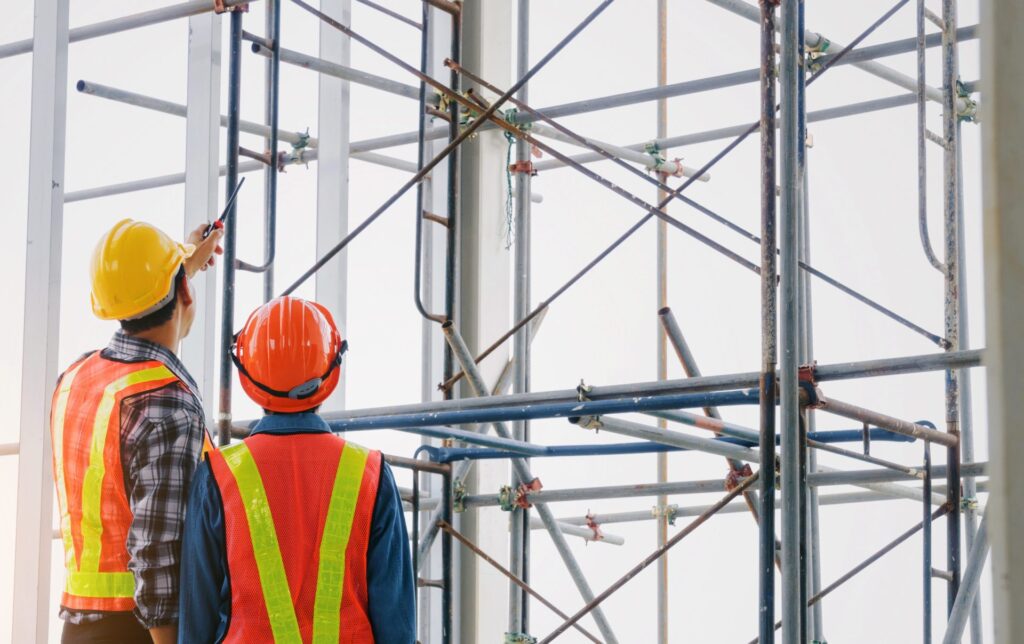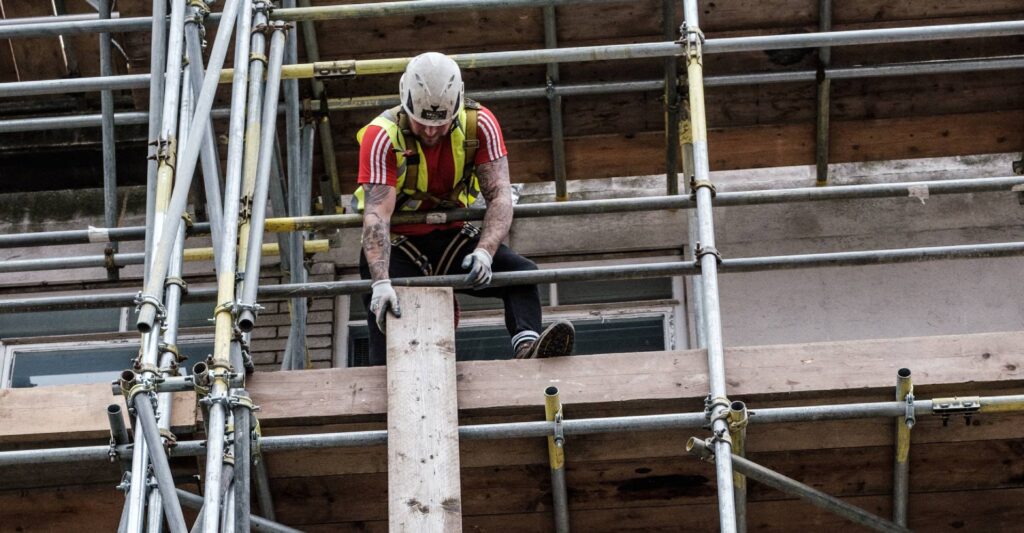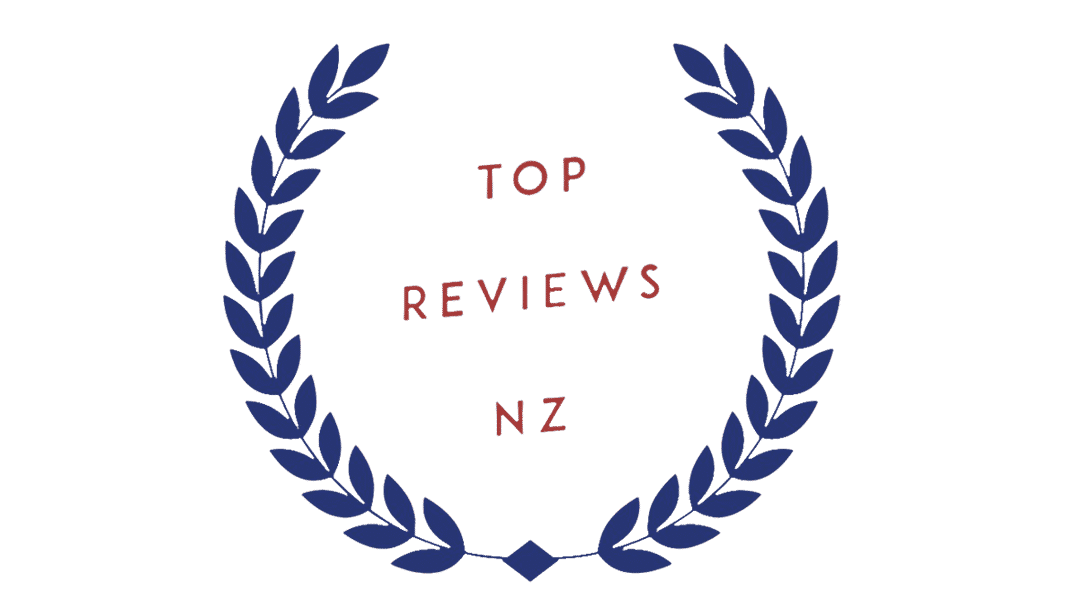These guidelines offer advice on the safe design, use, and maintenance of scaffolding as per the SARNZ Best Practice Guidelines.
Scaffolding In New Zealand Key Points:
- Duty holders have responsibilities under the Health and Safety at Work Act 2015.
- Duties under the Health and Safety in Employment Regulations 1995 still apply.
- Ensure scaffolding is fit for purpose and meets the needs of all users.
- PPE should be used at all times.
Download the full SARNZ Best Practice Guidelines
These guidelines offer advice for keeping workers safe when erecting, dismantling and working on scaffolding. They also provide guidance on how to meet the requirements of the Health and Safety at Work Act 2015, and the Health and Safety in Employment Regulations 1995.
SCOPE
These guidelines are for persons conducting a business or undertaking (PCBUs), workers, upstream PCBUs (see Section 2, Roles and responsibilities), and other people involved in scaffolding work. All work involving scaffolding must comply with the requirements of the Health and Safety at Work Act 2015 (HSWA) and all relevant regulations, including the Health and Safety in Employment Regulations 1995 (HSE Regulations) and the Health and Safety at Work (General Risk and Workplace Management) Regulations 2016 (GRWM Regulations). For more information on the specific regulations relating to scaffolding work, see Appendix A: Scaffolding regulations. Scaffolding is defined in the HSE Regulations (see Appendix A). It includes any equipment or item used in connection with the construction, erection, dismantling or use of scaffolding. The guidelines also include structures that may not be strictly classed as scaffolding under the legal description, but which are constructed using standard scaffold components (eg temporary grandstand and roof edge protection).
How To Use These Guidelines
These guidelines represent the current state of knowledge (the best available at the time of publication) on the safe design, use and maintenance of scaffolding in New Zealand. They also explain also explains the relevant legal requirements of HSWA and the HSE Regulations.
Some requirements and recommendations in the guidelines are based on a benchmark set by New Zealand and/or International Standards. In particular, duty holders should use the joint Australian and New Zealand Standard 1576 series as the benchmark for designing, manufacturing, and working safely with scaffolding. To purchase Standards, go to the Standards New Zealand website: www.standards.co.nz
or email: [email protected]
Some industries have guidelines that deal with specific problems faced in their working environments, such as the electricity sector or plant and machinery hire. When deciding how to do a job safely, make sure to check any industry-specific guidance. A list of standards and guidelines relating to scaffolding, scaffold components, and other industry guidance that could be relevant to a scaffolding site can be found in Appendix C: Further information.
*Please note information found here is sourced from the SARNS guideline PDF linked above.
Need scaffolding? Contact our Auckland Scaffolders today!
About the Author:
Mike Veail is a recognized digital marketing expert with over 6 years of experience in helping tradespeople and small businesses thrive online. A former quantity surveyor, Mike combines deep industry knowledge with hands-on expertise in SEO and Google Ads. His marketing strategies are tailored to the specific needs of the trades sector, helping businesses increase visibility and generate more leads through proven, ethical methods.
Mike has successfully partnered with numerous companies, establishing a track record of delivering measurable results. His work has been featured across various platforms that showcase his expertise in lead generation and online marketing for the trades sector.
Learn more about Mike's experience and services at https://theleadguy.online or follow him on social media:





